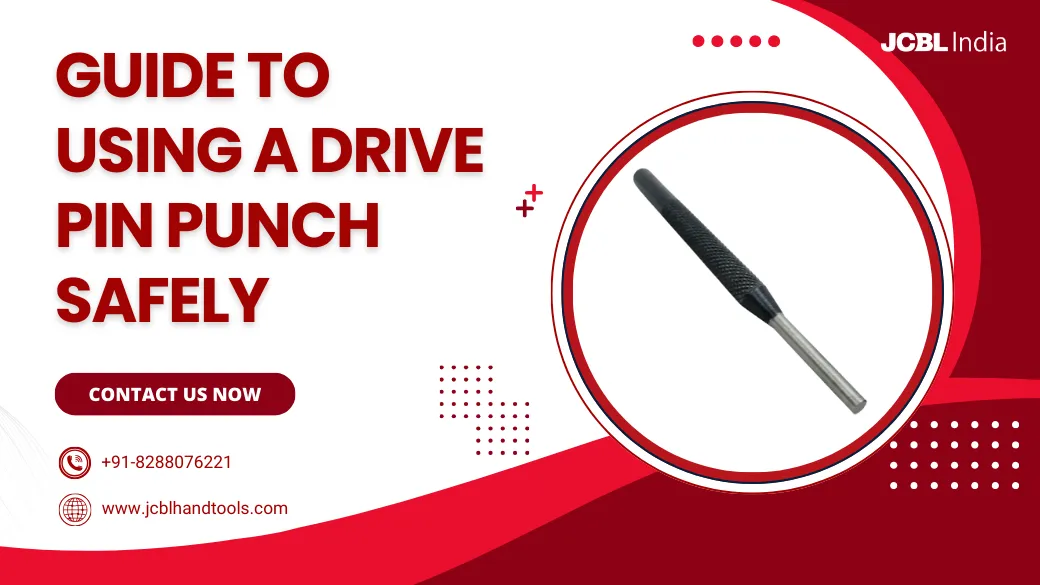How to Use a Hammer Safely?

Citing the inevitability, hammers seem to be quite a basic tool that features a wide range of uses. It comes in handy in almost every single chore of our activities be it repairing, maintenance, and more. Such has been the usage of hammers that we safely put it as an easygoing tool. But is that true to the core? Is the hammer pretty easy to use? We’ll answer that in our entry titled ‘How to Use a Hammer Safely?
Hammer and its Unseen Conundrum!
Well, hammers are one heck of a tool that needs to be handled with safe passage for optimum use. You wouldn’t want yourself to be notoriously injured all due to sheer negligence in the usage of the hammer. We here will guide you along on how to use a hammer safely. Safety, and foresee are always the number one priority, isn’t it?
But before shifting downstairs care to look at a little synopsis about hammers. We’ll talk about the different types of hammers under it. Shall we?
The Types of Hammers
Hammers are the everyday quintessential instrument used by many throughout the globe. It features a wide range of options depending on the task. Some of them are:
Claw hammers: Predominately used in pounding the nails and even clawing out the nails too. Features a T-shaped design for easy usage. There are many options available in the market these days where you can buy the best claw hammer.
Mallet: Widely used as a rubber hammer for delicate works.
Ball Pein Hammer: This one’s quite hardened to the core and is used in metal-based works. It doesn’t feature a claw and has a round metallic head.
Blocking hammer: It’s used as part of the auto body works and is strictly not for driving nails.
Upholstery Hammer: The most predominant form of hammer used in upholstery projects and features a magnetic tack.
With that done and dusted, it’s time we feature the guideline on how to use the hammer safely, isn’t it? Off we go then as promised.
The guideline for Safe Usage of Hammer
- Start off by thoroughly checking the hammer. Take a keen look at the attachments and heads. Look for any loose wrappings or defects beforehand.
- Next, up, it’s time to put the hammer to use. Get your grip firmly on the handle to avoid losing the hammer midway through the work.
- Not to forget, always hold the hammer at the end of the handle. It will help in having a comfortable yet firm grip and will glide easily along your work.
Recommended: How to keep your hand tools in a good shape?
Here comes the part where nails get hit pretty hard. Ready for it?
- Always hit the surface at a square. Hit the head of the nail only with the hammer head to gain maximum traction. Never opt for sideways bashing, it only deteriorates the matter further.
- A keen guide on this one is to have good momentum when hitting the nails. For good momentum, you’ll need to use both your arms and elbows. This way, the burden won’t be all on your wrists.
- And for the record, never try and hit against a soft surface. Always place your work on a hard surface before hammering it. Soft surfaces like carpets are a jiffy when it comes to hammering a nail.
A few more things to keep in mind while using a hammer.
- Always work in a natural position. Never put your body under duress with orthodox positioning.
- Do check your stance and hammer before swinging it down the line. You wouldn’t want any mishaps with it, do you?
- Lastly, practice your heart out. Why? Simply because with enough practice under your belt you’ll easily glide through your work in the future.
As much as a hammer, premier striking tools in carpentry seem to be an easy pounding material, but it isn’t. You should always follow the guidelines so as not to injure yourself during the process. Also always look for the best pieces on offer that enumerates quality.
Final Thought
While hammers appear as simple tools, improper handling risks injuries. Following basic safety guidelines involving secure gripping, swinging, and striking techniques protects users over time. Additionally, quality hammers suiting applications paired with solid work surfaces create optimal functioning. With vigilance and practice, hammer accidents can be prevented through informed usage – upholding safety as the prime priority for these ubiquitous yet powerful manual aids.



